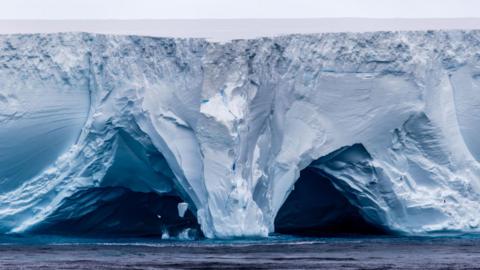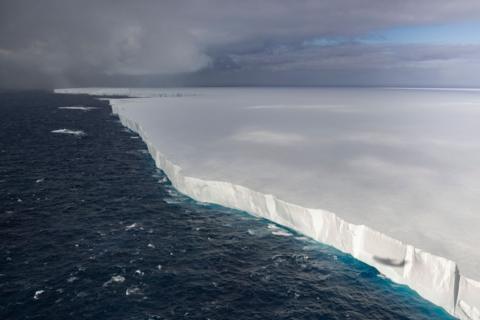Around the world a group of scientists, sailors and fishermen are anxiously checking satellite pictures to monitor the daily movements of this queen of icebergs.
It is known as A23a and is one of the world's oldest.
It calved, or broke off, from the Filchner Ice Shelf in Antarctica in 1986 but got stuck on the seafloor and then trapped in an ocean vortex.
Finally, in December, it broke free and is now on its final journey, speeding into oblivion.
The warmer waters north of Antarctica are melting and weakening its vast cliffs that tower up to 1,312ft (400m), taller than the Shard in London.
It once measured 3,900 sq km, but the latest satellite pictures show it is slowly decaying. It is now around 3,500 sq km, roughly the size of the English county of Cornwall.
And large slabs of ice are breaking off, plunging into the waters around its edges.
A23a could break into vast segments any day, which may then hang around for years, like floating cities of ice cruising uncontrollably around South Georgia.



